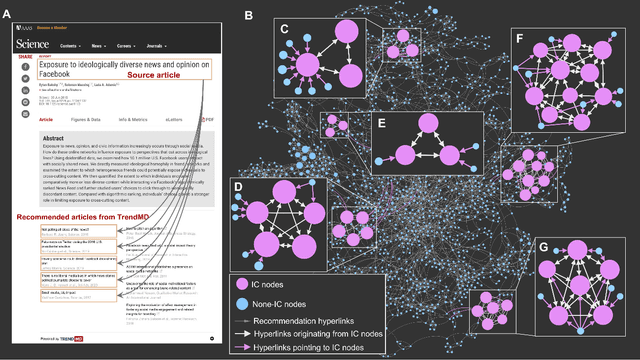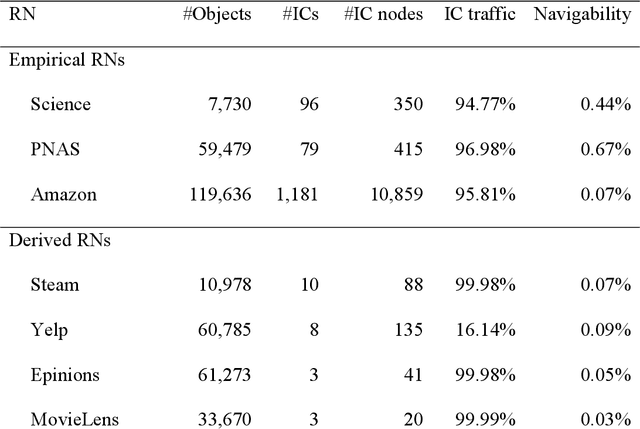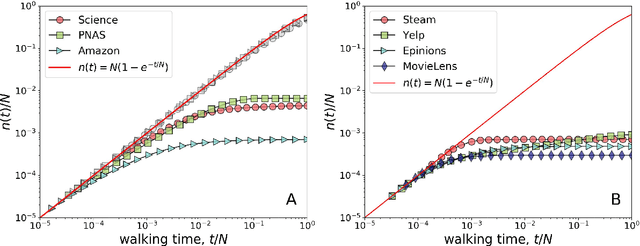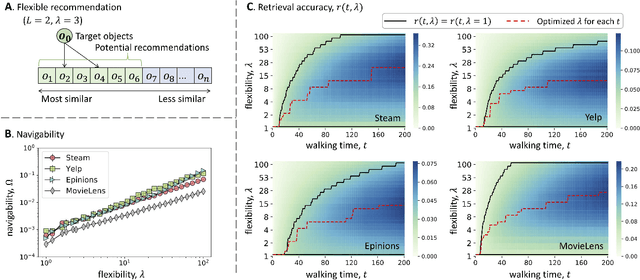Zimo Yang
Sketch-1-to-3: One Single Sketch to 3D Detailed Face Reconstruction
Feb 25, 2025Abstract:3D face reconstruction from a single sketch is a critical yet underexplored task with significant practical applications. The primary challenges stem from the substantial modality gap between 2D sketches and 3D facial structures, including: (1) accurately extracting facial keypoints from 2D sketches; (2) preserving diverse facial expressions and fine-grained texture details; and (3) training a high-performing model with limited data. In this paper, we propose Sketch-1-to-3, a novel framework for realistic 3D face reconstruction from a single sketch, to address these challenges. Specifically, we first introduce the Geometric Contour and Texture Detail (GCTD) module, which enhances the extraction of geometric contours and texture details from facial sketches. Additionally, we design a deep learning architecture with a domain adaptation module and a tailored loss function to align sketches with the 3D facial space, enabling high-fidelity expression and texture reconstruction. To facilitate evaluation and further research, we construct SketchFaces, a real hand-drawn facial sketch dataset, and Syn-SketchFaces, a synthetic facial sketch dataset. Extensive experiments demonstrate that Sketch-1-to-3 achieves state-of-the-art performance in sketch-based 3D face reconstruction.
Information Cocoons in Online Navigation
Sep 14, 2021



Abstract:Social media and online navigation bring us enjoyable experience in accessing information, and simultaneously create information cocoons (ICs) in which we are unconsciously trapped with limited and biased information. We provide a formal definition of IC in the scenario of online navigation. Subsequently, by analyzing real recommendation networks extracted from Science, PNAS and Amazon websites, and testing mainstream algorithms in disparate recommender systems, we demonstrate that similarity-based recommendation techniques result in ICs, which suppress the system navigability by hundreds of times. We further propose a flexible recommendation strategy that solves the IC-induced problem and improves retrieval accuracy in navigation, demonstrated by simulations on real data and online experiments on the largest video website in China.
 Add to Chrome
Add to Chrome Add to Firefox
Add to Firefox Add to Edge
Add to Edge